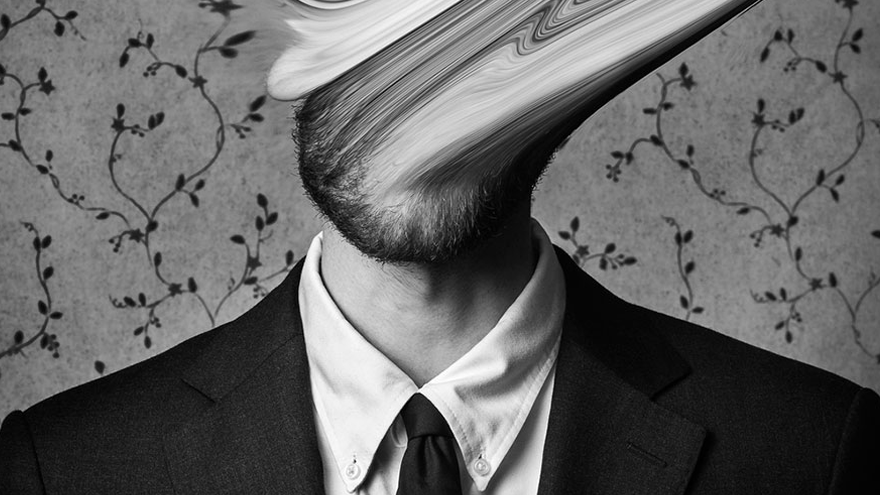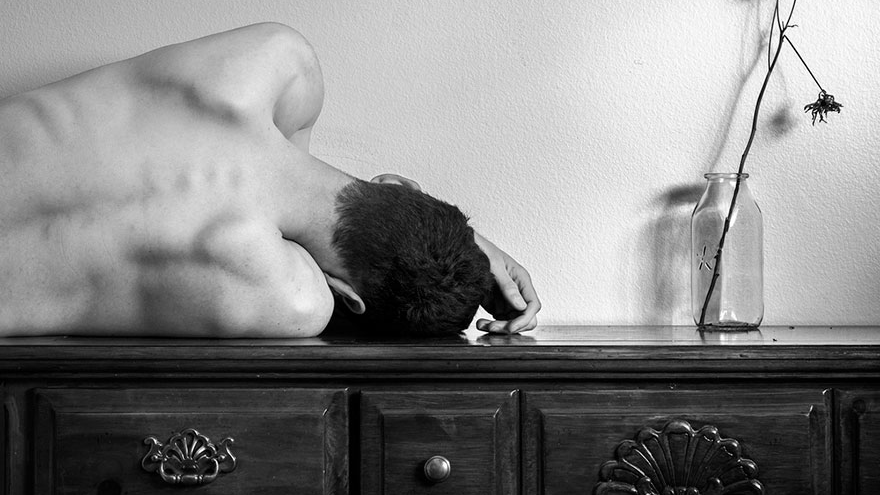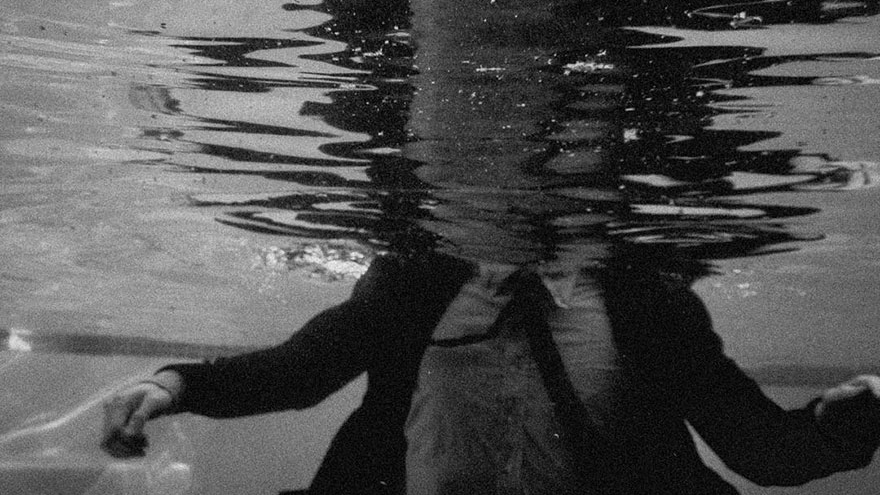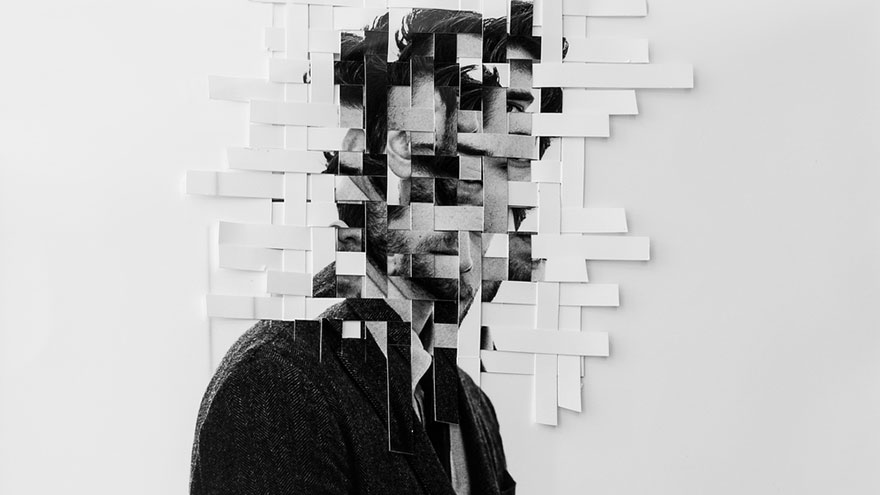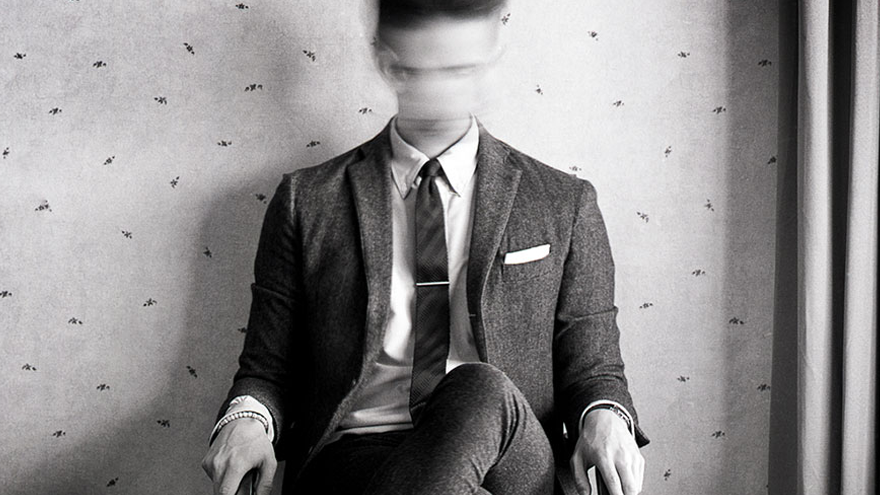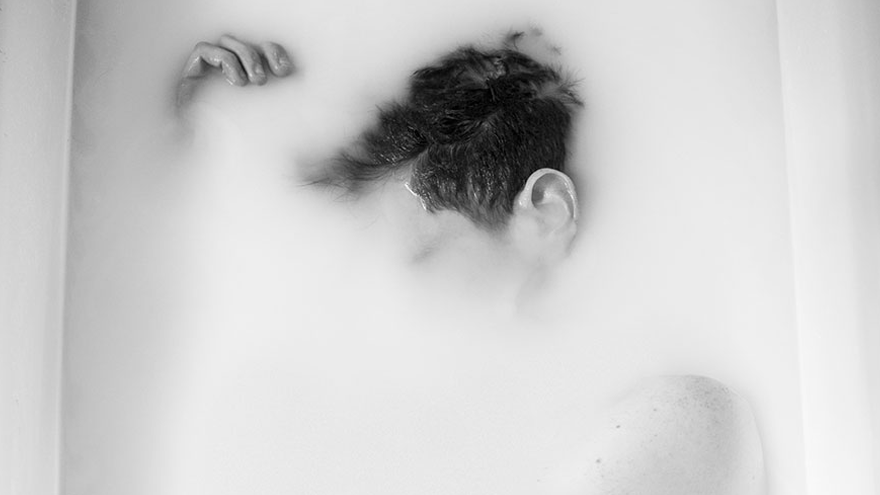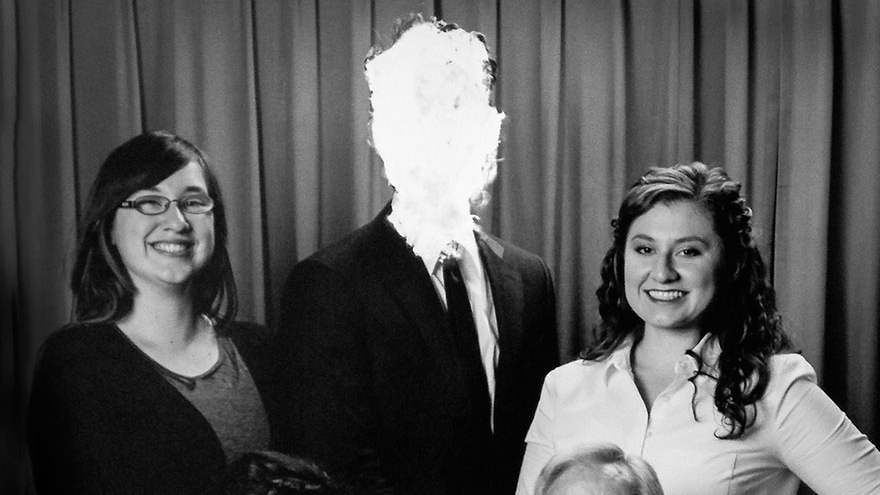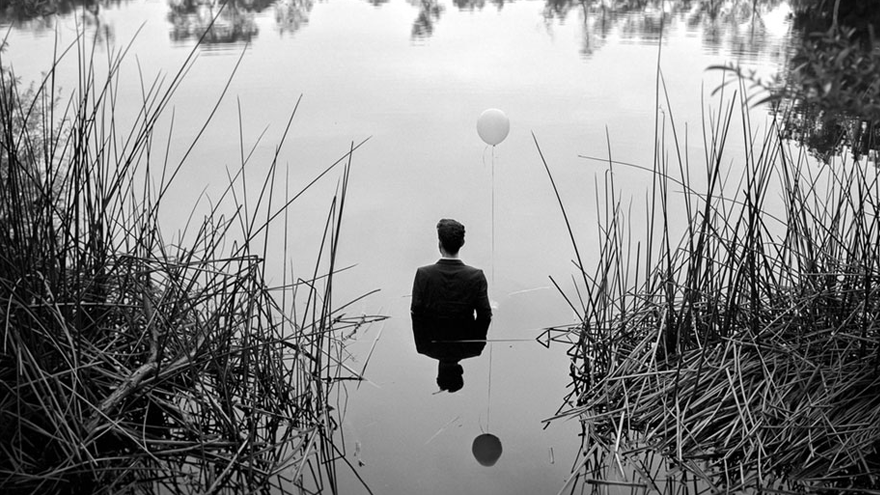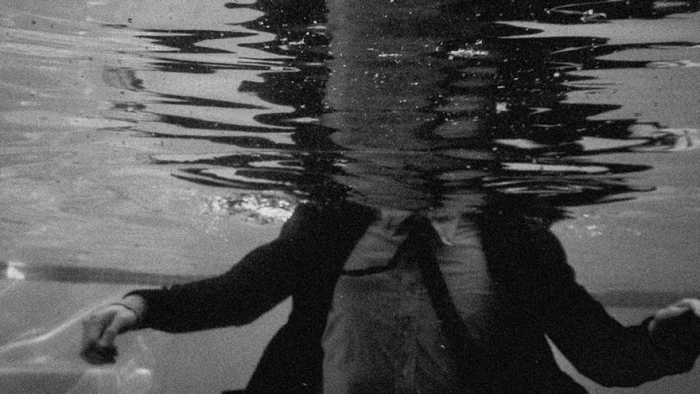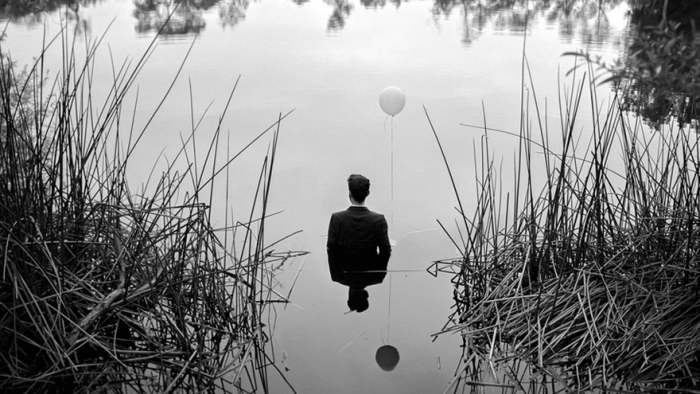It is estimated that 350 million individuals suffer from depression around the world and about 80 per cent of them choose to live with it in silence and do not seek out specialised treatment. Depression has varying causes and its magnitude depends on the individual. As a result, it's difficult to take action, leaving the illness commonplace on a global scale.
One salient measure against the growing presence of depression in our societies is the simple yet daunting act of declaring it. That is what moved young photographer Edward Honaker to speak about his own relationship with the illness through his thought-provoking images.
After a formal psychological diagnosis in 2013, Honaker decided to pick up his camera and capture the battle within through his own perspective. The artist’s images are characterised by a monochromatic palette and a surreal element of embellishment. Honaker’s depression is marked by obscurity, a visual disruption of the face that refers to the mental distortion that is brought about by depression.
Speaking to Huffington Post, Honaker stressed that it's difficult to demonstrate the consequences of this intangible foe, as it is a struggle that takes place with the inner self.
“Your mind is who you are, and when it doesn't work properly, it's scary… It's kind of hard to feel any kind of emotion when you're depressed, and I think good art can definitely move people.”
Honaker’s depiction of his experience becomes particularly poignant when considering the perceived shame of men to speak out about emotional turmoil for fear that such exposure would be a strike against their own masculinity. The photographer vocalises his anguish in honesty through these images, which could help others to identify and acknowledge the emotional disrepair in themselves.

